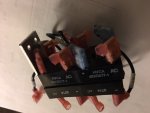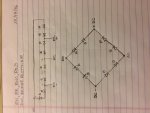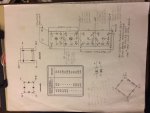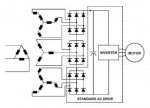gadfly56
Senior Member
- Location
- New Jersey
- Occupation
- Professional Engineer, Fire & Life Safety
You don't see something odd there ATSman?
I think you're conflating two conversations. drcambell linked to a part that sells for $6.57 and ATSman came back with a part that sells for $12.99. A bit of drollery in a side conversation.
On the main issue, ATSman is looking for a real alternative to a $299 part. I was able to find it for $260. What a bargain! At the supplier's web site, that particular item is OEM and they don't release the specs. There's no way to tell whether the e-bay alternative might actually work. Or at least I couldn't.






